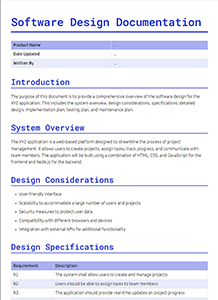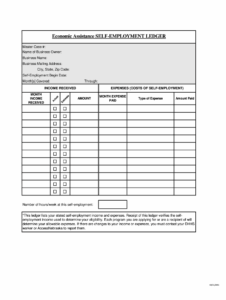So, you’re diving into the world of object-oriented programming in Matlab and crafting your own classes. That’s fantastic! But let’s be honest, writing clear and concise documentation for your class methods can sometimes feel like a chore. We all know it’s crucial for maintainability, collaboration, and even just remembering what your code does a few months down the line. But where do you even start? You want something more than just a wall of comments; you need a structured approach that makes your code understandable at a glance.
Think of documentation as a gift to your future self (and anyone else who might use your code). A well-documented class method isn’t just about explaining *what* the code does; it’s about explaining *why* it does it, what the expected inputs are, and what you can expect as output. This is particularly important in a language like Matlab, where flexibility can sometimes lead to ambiguity. A solid documentation template helps you standardize your approach, ensuring consistency across all your classes and methods.
This article aims to provide you with a practical matlab class method documentation template to streamline your documentation efforts. We’ll break down the essential components of a good method documentation block and offer suggestions on how to present your information in a clear and accessible way. Let’s face it: nobody wants to spend hours deciphering code that should be straightforward. A good template is the first step in creating code that speaks for itself.
Crafting the Perfect Matlab Class Method Documentation Block
Let’s get down to the nitty-gritty of building a robust documentation block for your Matlab class methods. The key is to create a consistent structure that covers all the essential information. Imagine your documentation block as a mini-manual for your method. Someone should be able to understand the method’s purpose, inputs, outputs, and any potential side effects just by reading the block.
Here’s a breakdown of the crucial sections you should include in your matlab class method documentation template:
1. Method Header: This is the first line of your documentation block and should clearly state the method’s name and a brief, one-line description of its purpose. This should be concise and immediately tell the reader what the method does. Think of it as the title of your mini-manual.
2. Detailed Description: This section expands on the brief description in the header. Here, you should provide a more thorough explanation of what the method does, why it’s used, and any relevant background information. This is where you can explain the underlying algorithm or the method’s place within the larger class structure. Don’t be afraid to add an example of use.
3. Input Arguments: This is critical for any method that takes input. For each input argument, clearly state its name, data type, size (if applicable), and a detailed description of its purpose. If an input argument has a default value, be sure to mention it. Clear input documentation prevents errors and ensures that users understand how to properly call the method.
Example of Input Argument Documentation
Let’s say you have a method called `calculateArea` that takes two inputs: `length` and `width`. Your input argument documentation might look something like this:
% length – The length of the rectangle (numeric value).
% width – The width of the rectangle (numeric value).
4. Output Arguments: Similar to input arguments, you need to clearly document each output argument. State its name, data type, size (if applicable), and a detailed description of what it represents. This is just as important as documenting inputs, as it allows users to understand what the method returns and how to use the results.
Implementing a Practical Template for Matlab Class Methods
Now that we’ve covered the essential components, let’s look at how to weave these elements into a practical template that you can use every time you document a Matlab class method. The goal is to create a structure that’s both informative and easy to maintain.
Consider this example as a starting point for your matlab class method documentation template:
% METHODNAME Short description of what the method does.
%
% Detailed explanation of the method’s functionality, purpose,
% and any relevant background information.
%
% Syntax:
% outputArg = obj.METHODNAME(inputArg1, inputArg2, …)
%
% Inputs:
% inputArg1 – Description of input argument 1 (data type, size, etc.)
% inputArg2 – Description of input argument 2 (data type, size, etc.)
% …
%
% Outputs:
% outputArg – Description of the output argument (data type, size, etc.)
%
% Examples:
% outputValue = obj.METHODNAME(inputValue1, inputValue2);
%
% See also: Other related functions or classes.
You can adapt this template to fit your specific needs. For example, you might add a section for error handling or a section for performance considerations. The key is to maintain consistency across all your documentation blocks.
Remember to keep your documentation up-to-date. As you modify your code, make sure to update the corresponding documentation. Stale documentation is worse than no documentation at all, as it can lead to confusion and errors.
Finally, don’t underestimate the power of clear and concise language. Use simple, straightforward terms and avoid jargon whenever possible. The goal is to make your code accessible to as many people as possible, regardless of their level of expertise.
Adopting a consistent documentation style will not only benefit others who may use your code, but also improve your own understanding and memory of the code’s intricacies months or years down the road.
Investing time in crafting detailed documentation can save significant debugging time and enhance collaboration within your team. It’s a worthwhile investment that pays dividends in the long run.



